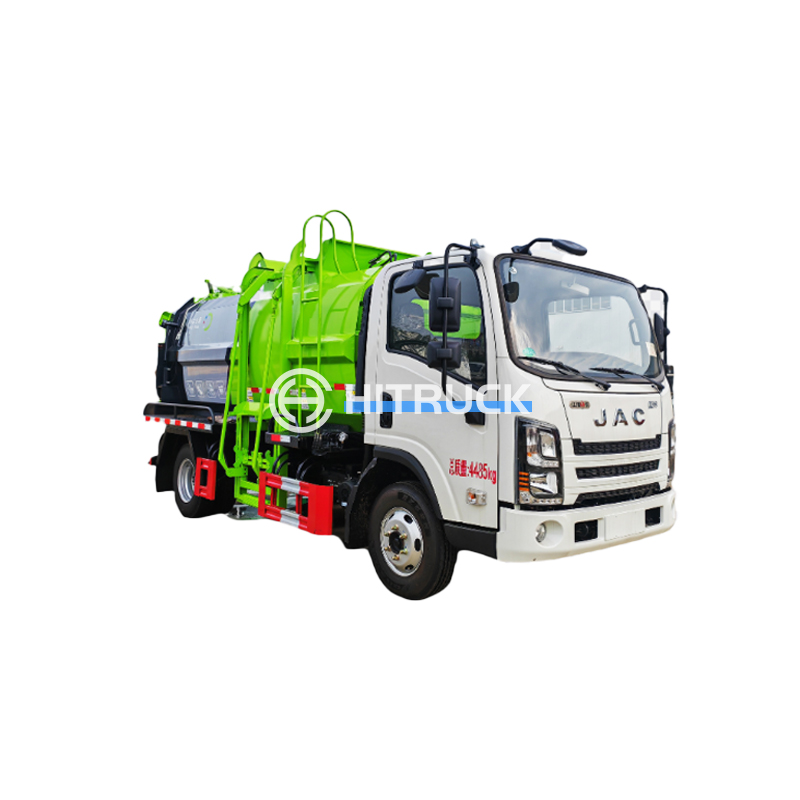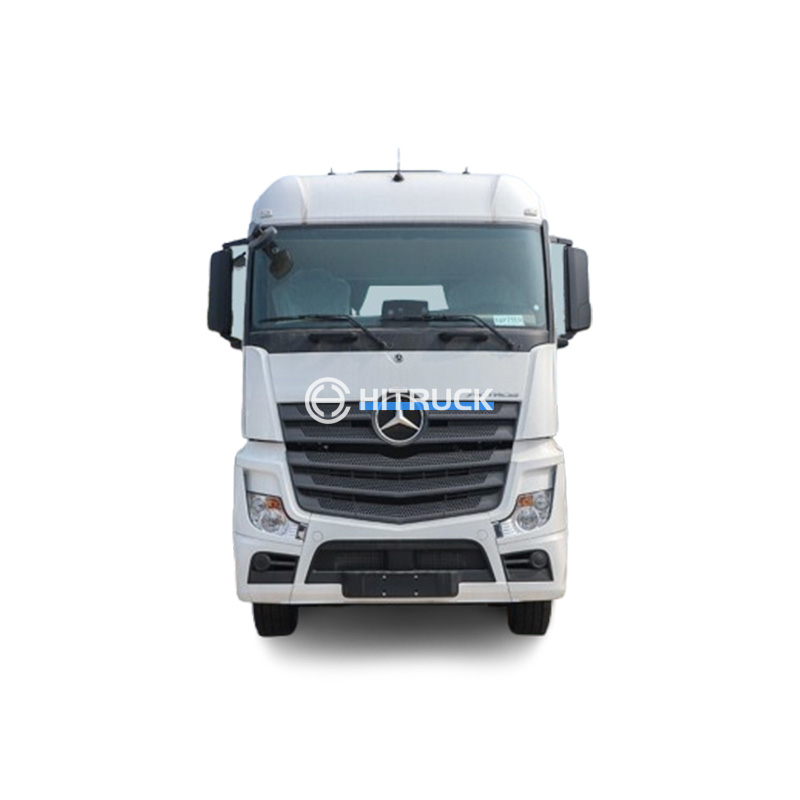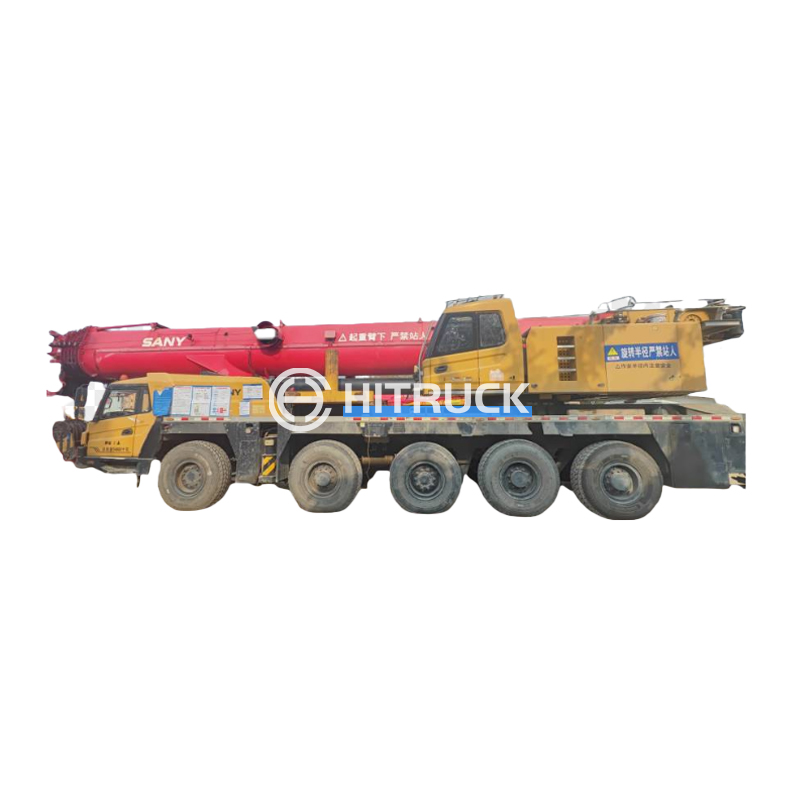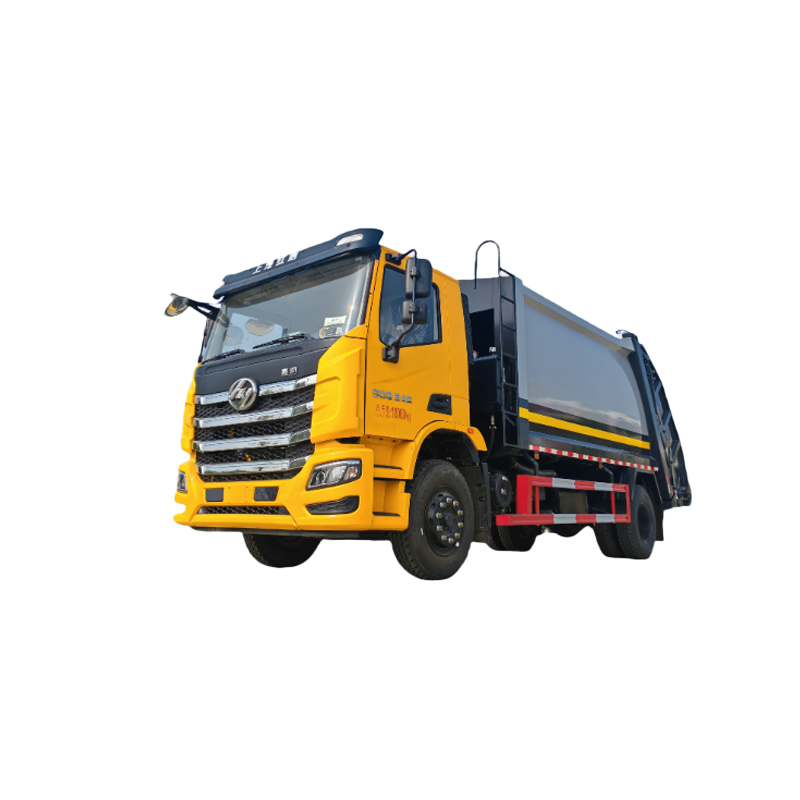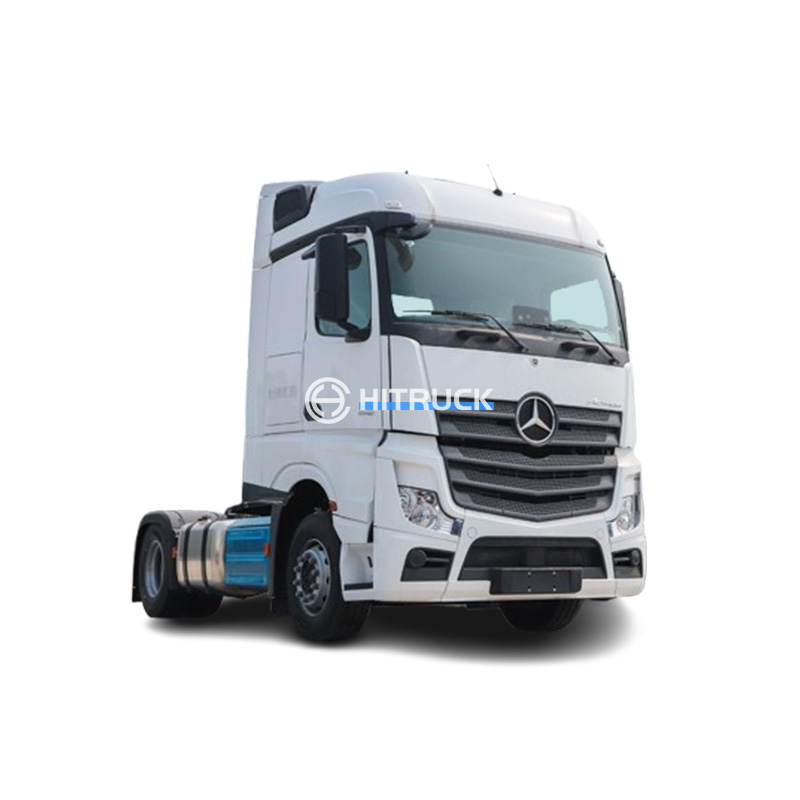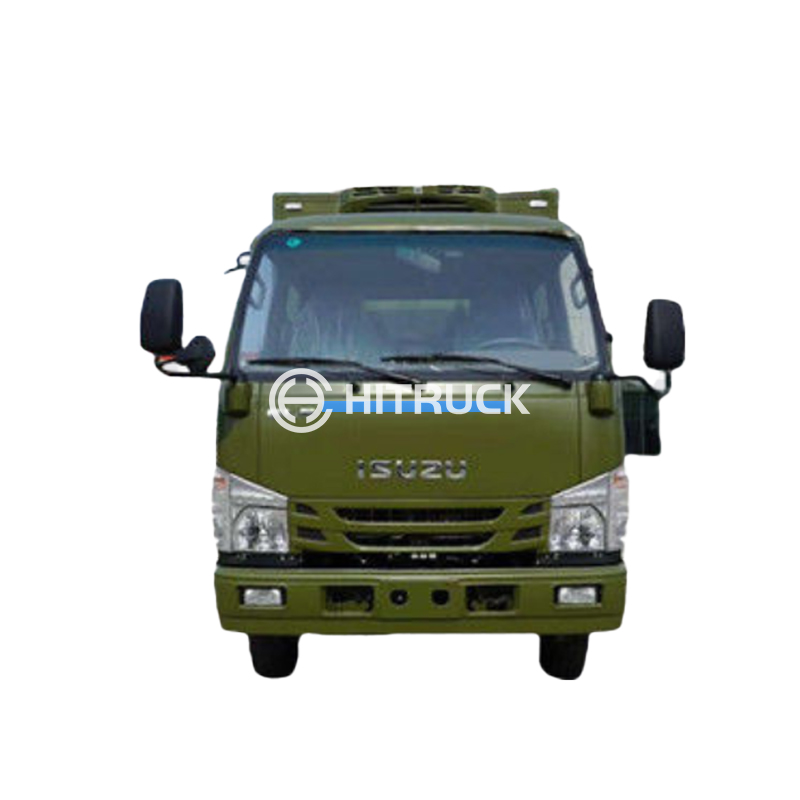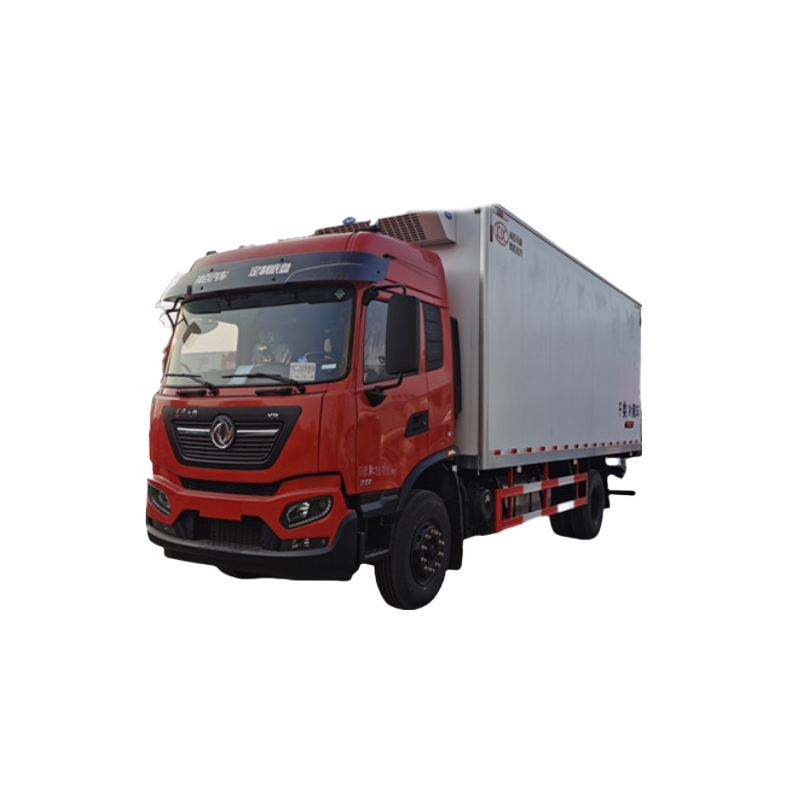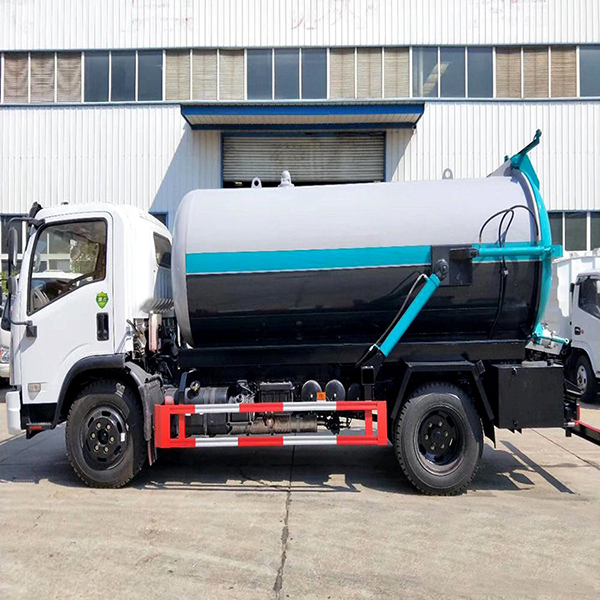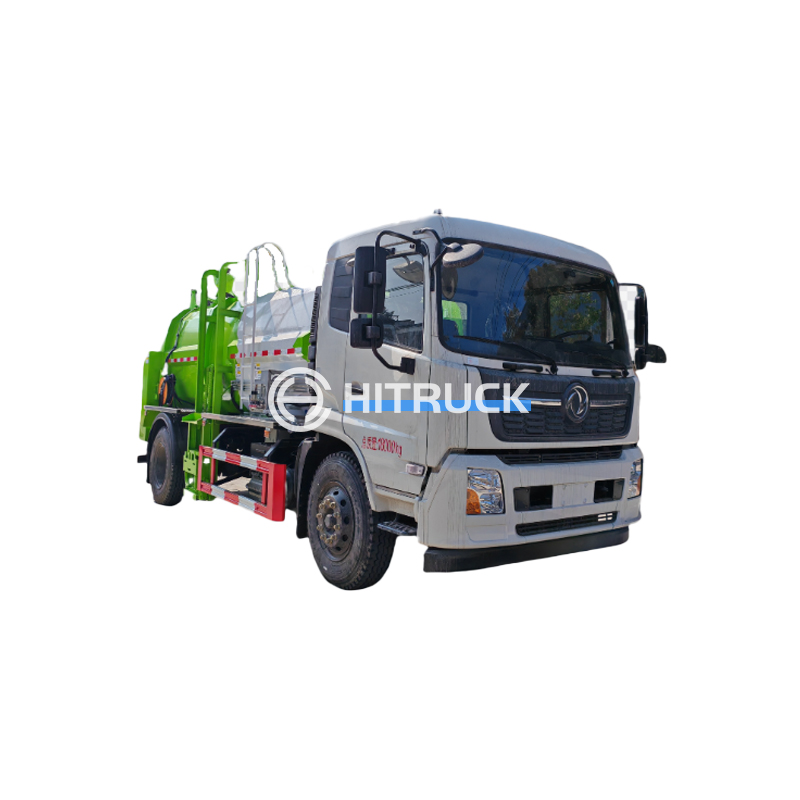Container Crane: A Comprehensive GuideContainer cranes are essential for efficient cargo handling in ports and terminals worldwide. This guide provides a detailed overview of container crane types, operations, maintenance, and the latest technological advancements. We'll explore the different applications, key considerations for selection, and the future trends shaping this crucial piece of port infrastructure.
Types of Container Cranes
Ship-to-Shore (STS) Cranes
STS cranes, also known as quay cranes, are the giants of the
container crane world. These massive structures transfer containers between vessels and the shore. Their impressive reach and lifting capacity allow them to handle the largest container ships efficiently. Key features include high lifting capacity, long reach, and advanced control systems for precise container placement. Consider factors like vessel size, throughput requirements, and berth layout when selecting an STS crane. Several manufacturers, such as ZPMC and Liebherr, are major players in this market, each offering varying models and specifications. For detailed specifications, consult the manufacturers' websites directly.
Rail-Mounted Gantry (RMG) Cranes
RMG cranes operate on rail tracks, moving along container yards to stack and retrieve containers. They offer high stacking capacity, optimizing yard space utilization. Their efficiency is crucial in reducing yard congestion and optimizing logistics. Factors to consider when choosing an RMG
container crane include stacking height, yard layout, and the required throughput. Manufacturers such as Konecranes and Kalmar provide a range of RMG cranes designed for diverse operational needs.
Rubber-Tyred Gantry (RTG) Cranes
RTG cranes, unlike RMGs, are not rail-bound, offering greater flexibility in yard operations. Their maneuverability is advantageous in yards with complex layouts, but their footprint is generally larger. When considering an RTG
container crane, assess the yard's surface conditions, space constraints, and maneuverability needs. RTG cranes are available from various manufacturers, and choosing the right model depends on the specific requirements of the terminal. You'll find that many manufacturers offer customized solutions to fit individual needs.
Mobile Harbor Cranes
Mobile harbor cranes are versatile and portable, making them suitable for smaller ports or temporary installations. While their lifting capacity is typically lower than STS or RMG cranes, their portability and ease of deployment are key advantages. Their applications include supporting smaller vessels, assisting in emergencies, and providing supplemental lifting capacity.
Maintenance and Operations
Regular maintenance is crucial for maximizing the lifespan and operational efficiency of a
container crane. This involves scheduled inspections, preventative maintenance, and timely repairs. Proper lubrication, component replacement, and operator training are all key aspects of effective maintenance. Investing in a robust maintenance program will significantly reduce downtime and extend the life of your equipment.
Technological Advancements
Modern
container cranes increasingly incorporate advanced technologies to improve safety, efficiency, and productivity. These include automated control systems, remote diagnostics, and predictive maintenance capabilities. The integration of sensors and data analytics allows for real-time monitoring of crane performance, enabling proactive maintenance and reducing unexpected downtime. These technological advancements are constantly evolving, leading to increased operational efficiency and cost savings.
Choosing the Right Container Crane
Selecting the appropriate
container crane requires careful consideration of several factors. These include throughput requirements, vessel size, yard layout, budget constraints, and maintenance considerations. Consulting with experienced professionals and conducting thorough research is essential to ensure that the chosen crane meets the specific needs of your operation. Remember to factor in the long-term costs of operation, maintenance, and potential upgrades when making your decision.
| Crane Type | Advantages | Disadvantages |
| STS Crane | High capacity, long reach | High initial cost, requires significant infrastructure |
| RMG Crane | High stacking density, efficient yard operation | Limited maneuverability, requires rail infrastructure |
| RTG Crane | High maneuverability, flexible yard operation | Larger footprint, lower stacking density |
For a wide selection of heavy-duty trucks, visit Suizhou Haicang Automobile sales Co., LTD. They offer a diverse range of reliable vehicles crucial for efficient port operations.
This information is for general knowledge and does not constitute professional advice. Always consult with relevant experts before making any decisions related to container crane selection, operation, or maintenance.

